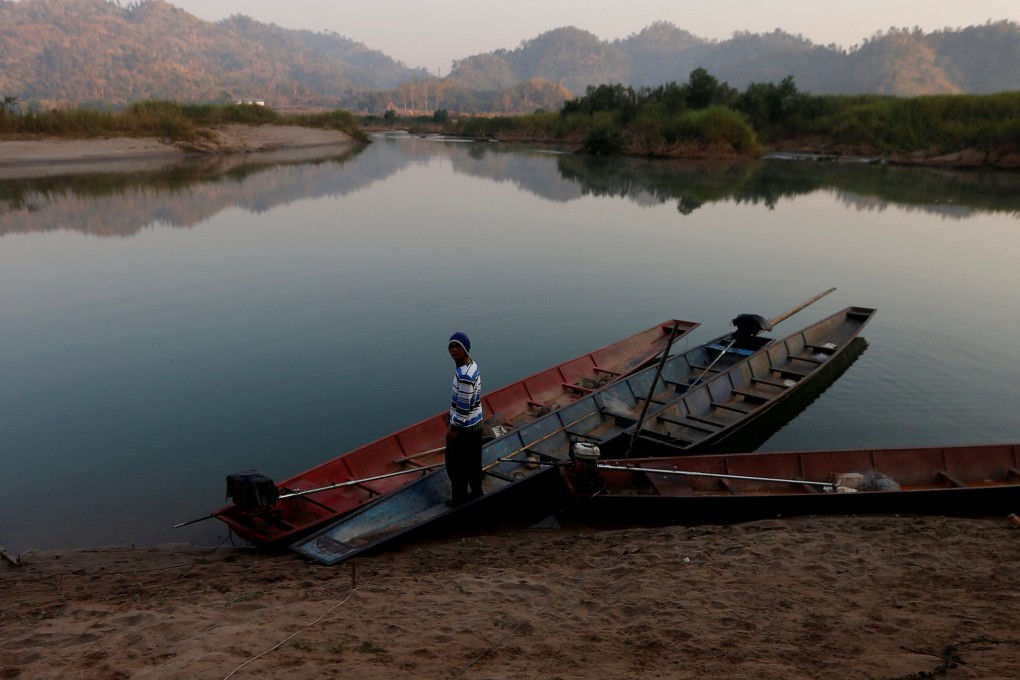Did China’s dams contribute to drought in Lower Mekong countries?
- US study finds large volume of water held back during 2019 when downstream flows were at their lowest level in 50 years
- China disputes findings as ‘unreasonable’ and says drought also affected its portion of the river

Chinese dams held back large amounts of water during a damaging drought in the countries downstream of the Mekong River – known as the Lancang in China – despite higher-than-average water levels upstream, according to a US research company.
China’s government disputed the findings of the US-government funded study, saying there was low rainfall during last year’s monsoon season on its portion of the 4,350km (2,700 mile) river.
Last year’s drought, which saw the Lower Mekong at its lowest levels in more than 50 years, devastated farmers and fishermen and saw the massive river recede to expose sandbanks along some stretches. At others the river turned from its usual murky brown to bright blue because the waters were so shallow.
“If the Chinese are stating that they were not contributing to the drought, the data does not support that position,” said Alan Basist, a meteorologist and president of Eyes on Earth, which conducted the study with funding from the US State Department’s Lower Mekong Initiative.